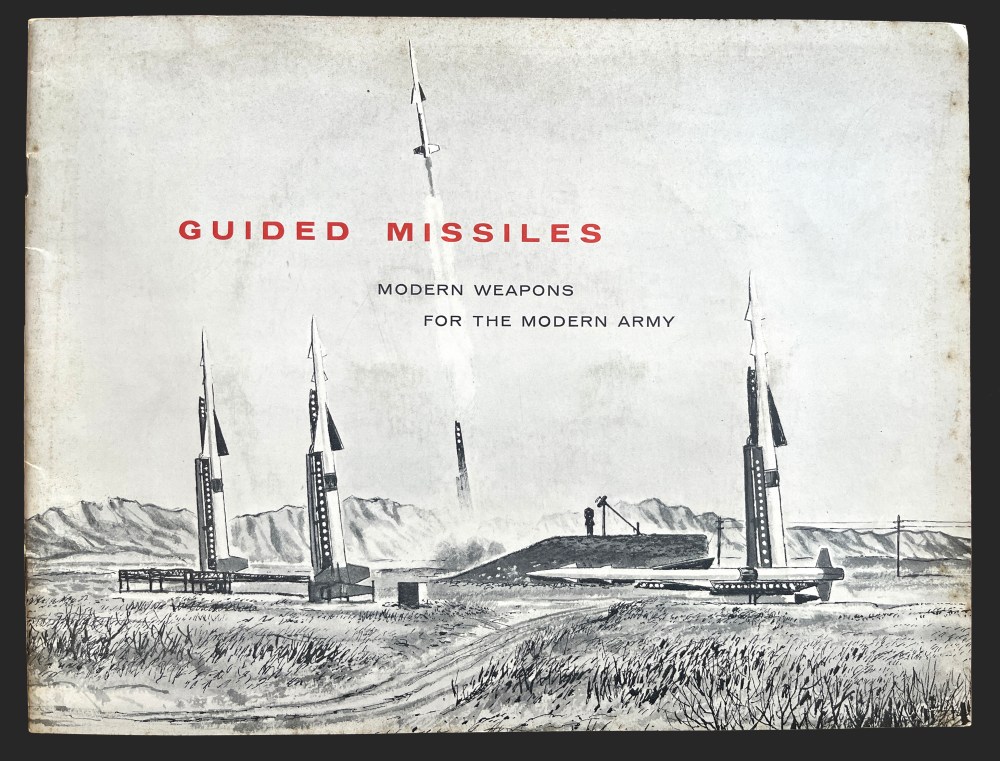During the summer months of the 1950s, I lived in my parents’ small suburban ranch house just 10 minutes away from a fully functioning U.S. Army Nike missile base. It was incongruous. Built a few years before the Cuban missile crisis, it was nestled among the dunes across the road from the popular Lido Beach, Long Island, social clubs that catered to middle-class families like mine. As we frolicked in the pool and ocean, Nikes were at the ready. It seemed curiously natural to see the tips of warheads peeking over the sandy burms, facing east towards the Soviet foe. Sometimes they lay, as though resting, horizontal on their mobile launchers, other times they stood erect, waiting to be fired over southern Long Island.
Military activity along Lido and Long Beach was common. During World War II, concrete submarine observatories facing the ocean were built in the sand every few hundred yards, set against the backdrop of festive boardwalk arcades and resort hotels. Us kids often played in the ruins of the remaining towers, and we were frequently thrilled by the fighter pilots making low-altitude practice runs over the surf.
Ultimately, we knew the missile launchers were there for a deadly reason. The army was always reminding residents that Nikes were just one of many defensive and offensive weapons in its lethal arsenal.
The cover of this smartly designed booklet, Guided Missiles: Modern Weapons for the Modern Army, fully revealed what was behind the sand dunes. It was government propaganda designed to normalize the notion that residents of communities like mine were part of a national defense that stood guard in many beachfront communities up and down the East Coast. This booklet even contained a 45rpm record of missile sounds we were likely to hear while soaking up the rays on any given summer’s day. There is a calm quality about the layout. The color palette is not too harsh, the typography is modern, and the photographs and drawings are imposing without being scary. Such was the way graphic design set the stage for a daunting narrative in a sensible manner that made the reader feel calm about the doom these weapons could unleash.
The post The Daily Heller: It Goes BOOM, a Guide to Guided Missiles appeared first on PRINT Magazine.

